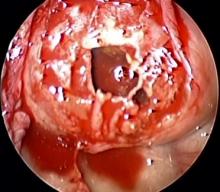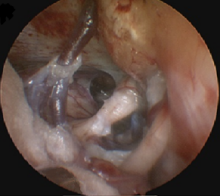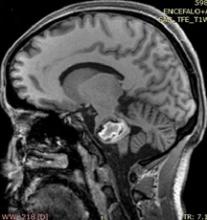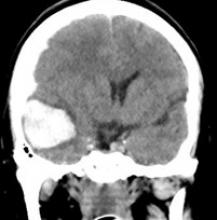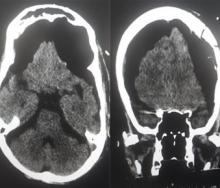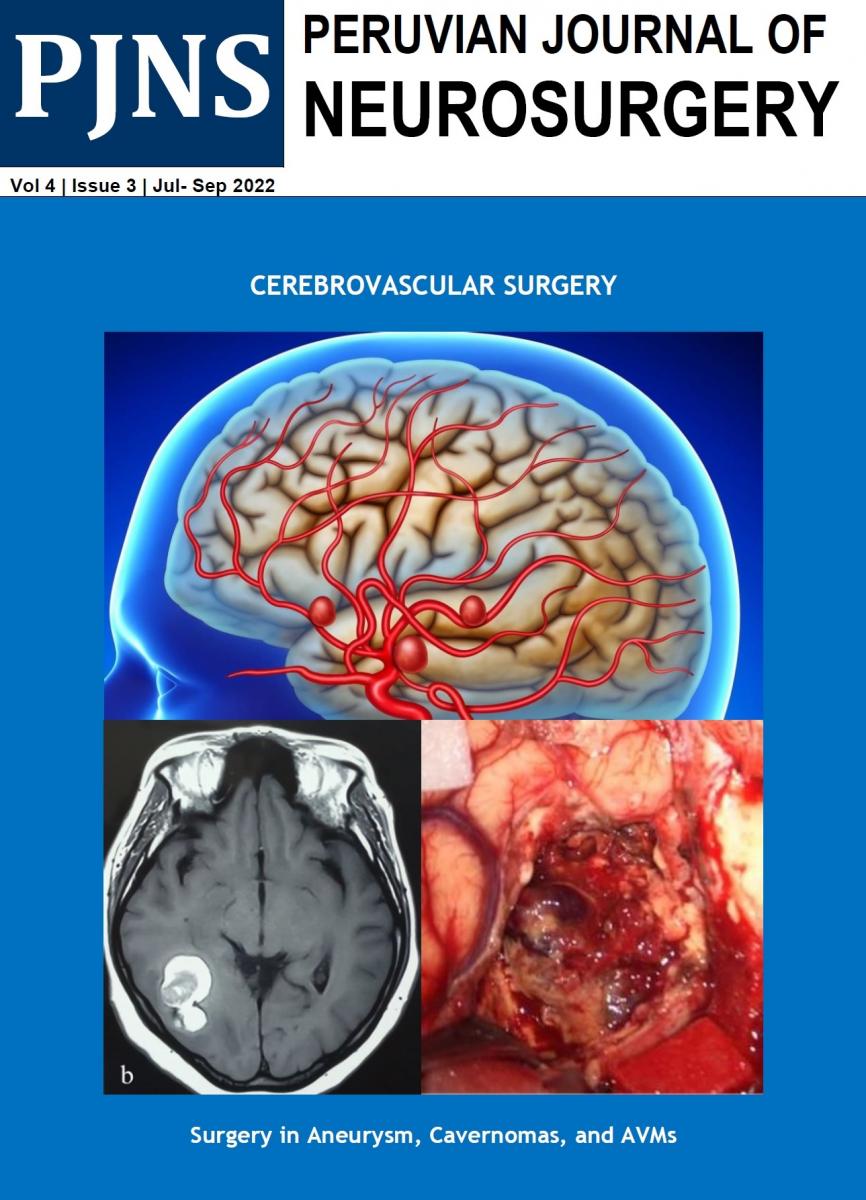Transsphenoidal endoscopic surgical treatment of pituitary tumors at the Cayetano Heredia National Hospital in Lima Peru: outcomes of a series of cases
Transsphenoidal endoscopic surgery has become a surgical procedure of choice for the treatment of pituitary tumors. The objective of the present study was to describe the demographic, clinical characteristics, complications, and postoperative results of the patients who underwent transsphenoidal endoscopic resection. We present our results of this technique in patients operated from January 2016 to August 2018 at Neurosurgery Department of the Cayetano Heredia National Hospital.

